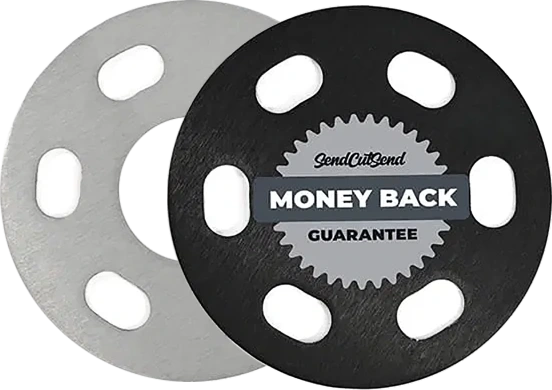- Room 202, Building 7, No. 125, Yongjun Road, Dalingshan Town, Dongguan City.
What is Sheet Metal Prototyping?
Sheet Metal refers to the manufacturing technology that forms products through cold working processes such as cutting, stamping, bending, and welding on metal sheets (typically with a thickness ranging from 0.1 to 6mm). The core of this technology is to change the geometric shape of the metal sheet through plastic deformation to create parts or structural components with specific functions. The objects processed in sheet metal include thin metal sheets like steel plates, aluminum plates, and copper plates, and are widely used in the production of industrial products such as cases, supports, and shells. It is one of the efficient and flexible metal forming processes in modern manufacturing.

Core features and advantages of sheet metal processing
Strength is reliable
Through the design of bending reinforcement ribs, the load-bearing capacity is comparable to that of solid parts.
Lightweighting
Capable of manufacturing complex boxes/ scaffolds, with a weight that is 50% lighter than castings.
High efficiency and economy
Suitable for mass production, with costs only one-third of those for machining.

Sheet metal prototype manufacturing
Sheet metal prototype production - Transform your ideas into reality quickly!
Sheet metal prototyping is a manufacturing process that involves cutting, bending, and stamping of metal sheets to shape them into three-dimensional structural components. This process is suitable for rapid prototyping of various thin metal sheets (thickness ranging from 0.5 to 6mm), including laser cutting, CNC bending, welding, and riveting. It enables the rapid verification of functional metal prototypes for components such as enclosures, supports, and shells. Sheet metal processing offers both cost efficiency and structural strength advantages, making it a commonly used technique for prototype development in fields such as electronic products, industrial equipment, and automotive components.
Why choose our sheet metal prototyping service?
Qiying provides competitively priced, quality parts; quickly. With short lead times and a superior focus on quality and customer service, Qiying is the easy choice for Sheet Metal Prototyping services. We have cutting, bending, forming, welding and finishing capabilities that can get you your bracket, fixture, enclosure or any part you are working on in budget, in spec and on-time.

Why choose our sheet metal prototyping service?
Precision processing: ±0.1mm tolerance control, accurately reproducing design details
Rapid delivery: 24-hour rush service, accelerating the R&D cycle
Full process support: Complete from laser cutting, bending forming to welding and surface treatment
Cost controllable: Optimized for small batch prototyping to avoid mass production risks
Common materials used in sheet metal processing
Cold-rolled steel plate (SPCC)
Features: Low cost, easy to process, surface requires anti-rust treatment
Thickness range: 0.5 - 3.0mm
Stainless Steel (SUS304 / SUS316)
Features: Corrosion-resistant, high strength, surface can be polished or
mirror-finished
Thickness range: 0.3 - 6.0mm
Galvanized Steel Sheet (SECC / SGCC)
Features: The galvanized layer provides rust prevention and can be
directly sprayed.
Thickness range: 0.6 - 2.5mm
Aluminum alloy (5052 / 6061)
Features: Lightweight, easy to bend, good electrical and thermal
conductivity
Thickness range: 0.8 - 5.0mm
Brass (H62 / H65)
Features: Excellent electrical conductivity, suitable for electroplating
and polishing
Thickness range: 0.5 - 3.0mm
Copper (T2 copper)
Characteristics: High electrical and thermal conductivity, soft and
easy to shape
Thickness range: 0.3 - 2.0 mm

Why is sheet metal fabrication so important?
Sheet Metal refers to the manufacturing technology that forms products through cold working processes such as cutting, stamping, bending, and welding on metal sheets (typically with a thickness ranging from 0.1 to 6mm). The core of this technology is to change the geometric shape of the metal sheet through plastic deformation to create parts or structural components with specific functions. The objects processed in sheet metal include thin metal sheets like steel plates, aluminum plates, and copper plates, and are widely used in the production of industrial products such as cases, supports, and shells. It is one of the efficient and flexible metal forming processes in modern manufacturing.
The industry of sheet metal processing applications
Why is sheet metal fabrication so important?
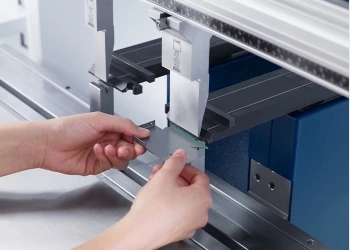
Design flexibility and rapid response
Through processes such as laser cutting and CNC bending, the drawings can be transformed into physical objects within 48 hours. It supports the one-piece molding of complex geometric structures (such as irregular surfaces and multi-hole arrays), significantly shortening the product development cycle.
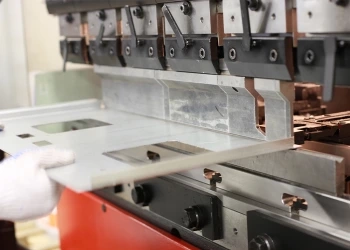
The golden balance between cost and strength
Compared to casting/machining, the material utilization rate of sheet metal parts is over 90%. Thin plates (0.5 - 6mm) have both lightweight and structural rigidity, and the unit cost can be reduced by 50 - 70%.
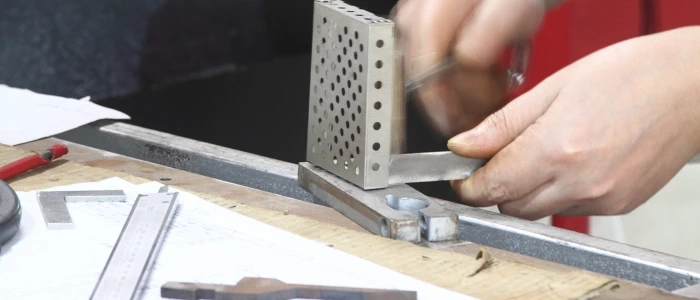
Industry-wide adaptability
From microelectronics (0.1mm precision shielding covers) to heavy machinery (10m-level mining equipment shells), it covers 90% of the metal structure requirements in various industrial fields, and supports customized applications of 20+ materials such as stainless steel/aluminum alloy.
Request A Quote
undefined

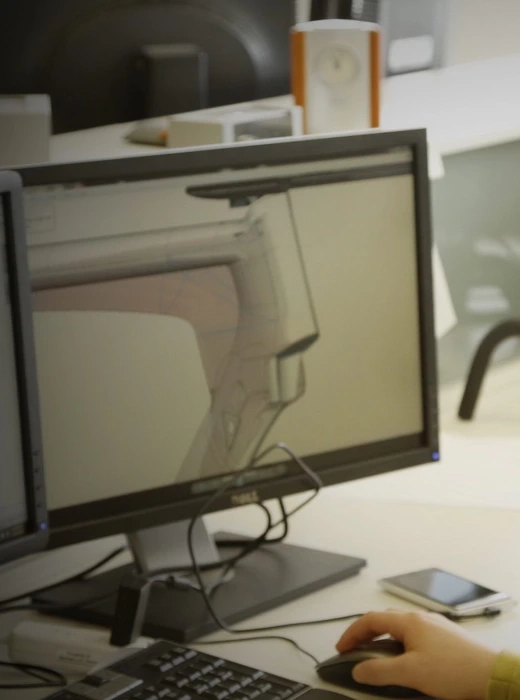

Sheet metal finishing and processing
Sheet metal finishing: The ultimate process of precision manufacturing
The precision processing of sheet metal involves high-precision laser cutting (±0.05mm), CNC bending (angle tolerance ±0.5°), and surface treatment (anodizing/electroplating), transforming metal sheets into terminal parts that combine functionality and aesthetics. This process is applicable in fields such as medical devices, precision electronics, and aerospace, ensuring a perfect balance between structural strength and dimensional accuracy, and meeting stringent industrial standards and assembly requirements.


